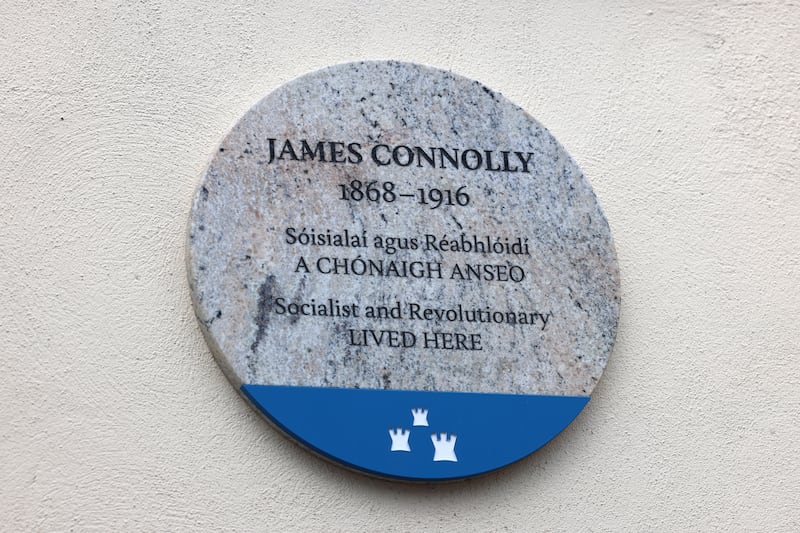Dublin City Council have unveiled a plaque commemorating Irish revolutionary figure James Connolly.
The plaque has been erected outside 70 South Lotts Road, Ringsend, Dublin 4, which is one of just two surviving properties in which Connolly lived in the city.
Irish historian Dr Conor McCabe, of Queen’s University Belfast, was the one who initially proposed the plaque, and said on its unveiling, “Connolly was living here around the time that his most famous work, Labour in Irish History, was first published in book form. This plaque is a tangible link to both his life and his writings.”
Born in Edinburgh in 1868 to Irish parents, Connolly rose to prominence within the Irish trade union movement and socialist politics, particularly upon his return to Dublin from the United States in 1910.
Actor Armie Hammer resurfaces as host of celebrity podcast
Heart-stopping Halloween terror: 13 of cinema’s greatest jump scares
Doctor Odyssey’s core message: just imagine Pacey from Dawson’s Creek holding you tight and saying, ‘Shhh, it’s okay’
Conor Niland’s The Racket nominated for William Hill Sports Book of the Year
In 1912, following a time working in Belfast at the Irish Transport and General Workers’ Union, Connolly was a central figure alongside William O’Brien and Jim Larkin in seeing the Irish Trade Union Congress establish a political wing, today’s Labour Party.

Becoming the leader of the Irish Citizen Army in 1914, he became increasingly militant towards British rule and began to conspire with the IRB over a possible insurrection.
By the time the 1916 Rising came about, Connolly had become a key player in the Irish freedom movement, and was one of the signatories of the Proclamation of Independence.
Fighting out of the GPO alongside Pádraig Pearse during the Rising, Connolly was badly wounded, and following his surrender he was executed by firing squad at Kilmainham Gaol.
Speaking at the unveiling ceremony, Lord Mayor of Dublin Daithí de Róiste said: “When we think of the great figures of our history, like James Connolly, we often forget that they lived their lives on the same streets that we do, making their way through our city day in and day out. This plaque will remind those who see it that he gave his life to improve the lives of his fellow citizens.”




